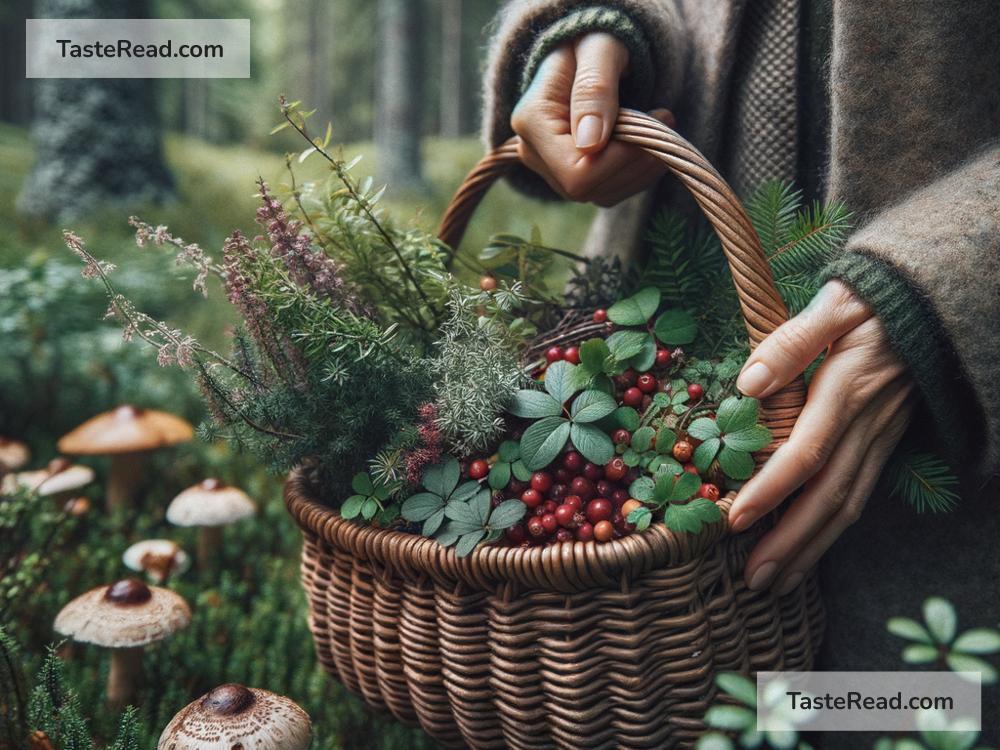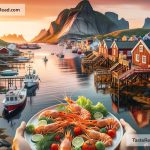Discovering Unique Foraged Ingredients in the Nordic Countries
In the beautiful Nordic countries – think of places like Sweden, Norway, Denmark, Finland, and Iceland – nature is not just a backdrop for stunning Instagram photos. It’s a treasure trove of unique ingredients that locals have been foraging for centuries. Foraging, or gathering food from the wild, is a practice that these countries are particularly famous for. This isn’t just about picking berries or mushrooms; it’s about discovering a world of flavors that most people have never even heard of. Today, let’s take a journey into the Nordic wilderness to explore some of these unique foraged ingredients.
Why Forage?
Firstly, you might wonder, “Why go through the trouble?” In the Nordics, foraging is more than just finding food; it’s about connecting with nature, respecting the environment, and continuing traditions that have been passed down through generations. Plus, wild ingredients are often more nutritious and flavorful than their cultivated counterparts.
Berries, Berries, and More Berries
One of the first images that might come to mind when thinking of Nordic foraging is the abundance of berries. While you might be familiar with blueberries and raspberries, the Nordics offer a whole different berry game. Take the cloudberry, for example. This golden berry is highly prized and can be found in marshy areas across the Nordics. It has a unique, tangy taste and is often turned into delicious jams or desserts.
Then there’s the lingonberry, similar in appearance to a cranberry but with a taste all its own. Lingonberries are a staple in Nordic cuisine, turning up in everything from sauces to accompany meat dishes to delightful desserts.
The Magic of Mushrooms
The Nordic forests are also rich with a variety of mushrooms, many of which are rare or unknown outside these countries. Chanterelles and morels, for example, are sought after by chefs worldwide for their incredible flavors. Foraging for these mushrooms isn’t just about luck; locals often have secret spots passed down through families, where they know these culinary treasures can be found.
Beyond the Forest
Foraging in the Nordics isn’t limited to the forest. The coastline offers its bounty, too. Seaweed, for example, is foraged and used in a surprising range of dishes, from salads to soups. It’s rich in nutrients and offers a unique, umami-rich flavor that can elevate a simple dish to something special.
In Iceland, you’ll discover the tradition of foraging for wild herbs in the lava fields. Arctic thyme and angelica are just a couple of the herbs that can be found, each adding their distinctive flavors to the local cuisine.
The Ethos of Sustainable Foraging
It’s important to note that foraging in the Nordics is not a free-for-all. There’s a strong ethos of sustainability and respect for nature. Laws and guidelines ensure that foraging is done in a way that doesn’t harm the environment. For example, only taking what you need, leaving enough behind for wildlife, and making sure not to disturb the natural habitats.
Connecting with Nature and Culture
For many in the Nordic countries, foraging is a way to connect with their heritage and pass on knowledge and traditions to younger generations. It’s an activity that encourages a deep appreciation for the natural world and the seasonal cycles.
Try It Yourself
If you’re visiting the Nordic countries and want to try your hand at foraging, there are a few ways to do it safely and respectfully. Joining a guided foraging tour is a great option. Not only will you learn about what’s edible (and what’s not), but you’ll also gain insights into the local ecosystems and foraging traditions.
The Takeaway
The Nordic countries offer a distinct and diverse palette of flavors, many of which can be found just a short walk into the wilderness. Foraging is a window into the soul of Nordic cuisine, reflecting a deep respect for nature, sustainability, and tradition. It’s a reminder that sometimes, the most extraordinary ingredients aren’t found in a store but under the leaf of a bush or at the edge of a forest.
So, the next time you find yourself in the Nordic wilderness, take a moment to look around. You might just discover a world of flavors waiting to be explored.


